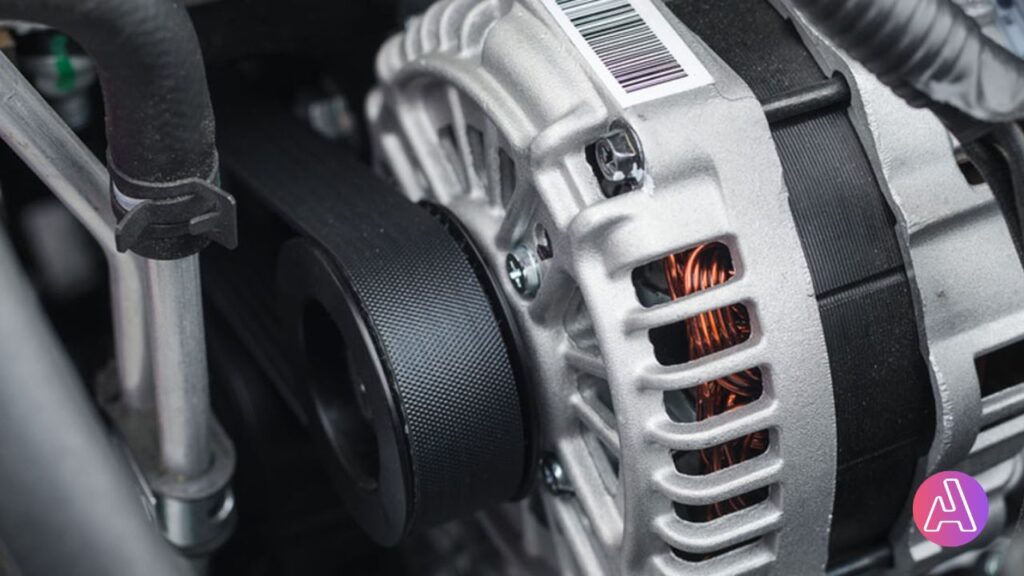If you don’t know how to test the Denso alternator regulator then you no longer have to worry about this as we are here to guide you through the testing process. In this article, we have stated the whole process of testing denso alternator regulators.
Denso Alternators are one of the most famous alternators for their durability and functionality. The regulators that are attached to the Denso alternators can be confusing at times due to their unique design.
Here we will provide a step-by-step guide about how To test a Denso alternator regulator. Firstly you will need a few tools.
Tools required for testing
1. Multimeter: A digital multimeter is essential for testing electrical components. Make sure it has the capability to measure voltage, current, and resistance.
2. Jumper Wires: Jumper wires are used to connect the alternator to the multimeter for testing. Ensure you have a set of jumper wires with appropriate connectors to fit the terminals on the alternator and the multimeter.
3. Battery Charger: A battery charger is required to ensure a stable power source during the testing process. Make sure the battery is fully charged before proceeding with the testing.
Steps of testing Denso alternator regulator
1. Safety precautions:
Before you begin, make sure the engine is turned off and the key is removed from the ignition. This will prevent any accidental starts or electrical shocks.
2. Disconnect the battery:
To ensure your safety and prevent damage to the alternator or other electrical components, disconnect the negative terminal of the battery.
3. Locate the alternator and regulator:
The alternator is typically found near the front of the engine and is connected to the drive belt. The regulator is a small device attached to the alternator or integrated within it.
4. Inspect the wiring:
Visually inspect the wiring harness connected to the alternator and regulator for any signs of damage, such as frayed wires or loose connections. Ensure that all connections are secure and in good condition.
5. Check the battery voltage:
Use a voltmeter to measure the voltage across the battery terminals. A fully charged battery should read around 12.6 volts. If the battery voltage is significantly lower, it may indicate a charging problem.
6. Start the engine:
With the battery still disconnected, start the engine and let it idle.
7. Measure the voltage output:
Use the voltmeter to measure the voltage output at the alternator’s output terminal. It should typically be around 13.5 to 14.5 volts. If the voltage is too low or too high, it could indicate a problem with the regulator.
8. Rev the engine:
While monitoring the voltage output, gently rev the engine and observe any changes in voltage. The voltage should increase slightly when the engine is revved. If it remains unchanged or fluctuates excessively, the regulator may be faulty.
9. Load test:
If the voltage output is within the acceptable range, you can perform a load test to further evaluate the regulator’s performance. Connect a load tester or high-wattage electrical device (such as headlights) to the battery and observe if the alternator can maintain the voltage within the acceptable range. If the voltage drops significantly, it suggests a potential issue with the regulator.
10. Reconnect the battery:
After completing the testing, reconnect the negative terminal of the battery and thus you are done with the whole testing process.


